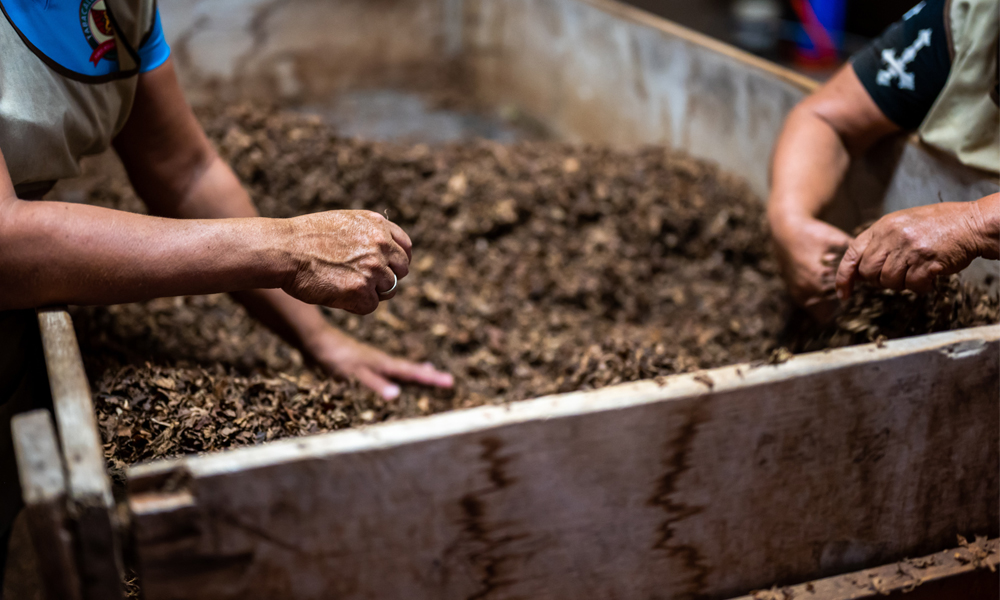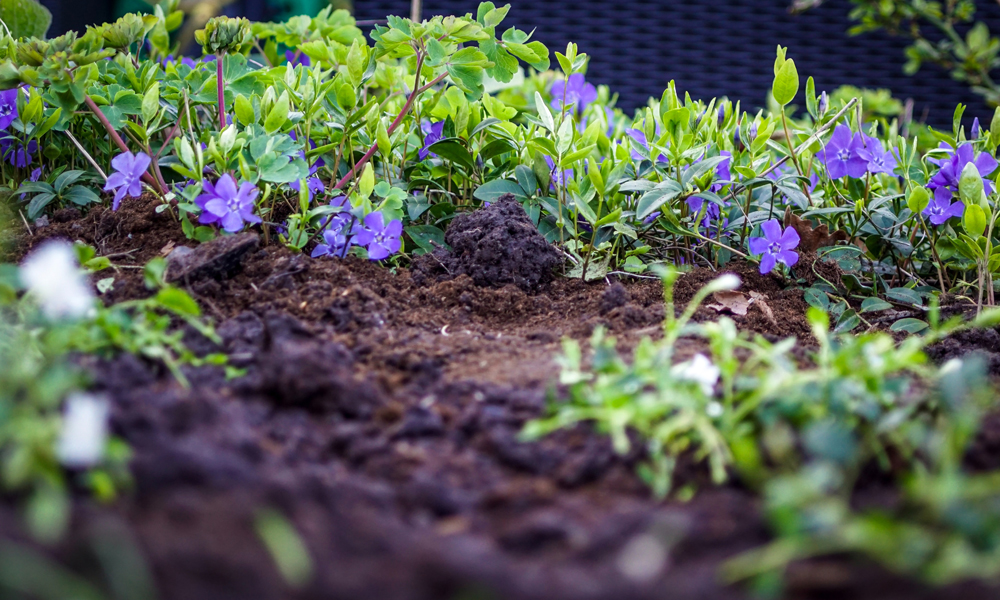When it comes to a healthy garden, maintaining proper soil moisture is very important. Having a dry soil is something you want to avoid as this can result in withered or dead plants. When the dry season arrives, soil that lacks organic ingredients will quickly become dehydrated and will actually repel water instead of absorbing it. This is known as hydrophobic soil. To avoid this, you want to keep your garden soil as healthy as possible so the water can easily reach the plant roots.
You can tell a soil is dry when the water sits atop the soil before it gets absorbed. If you notice that your garden soil is dehydrated, you want to take action as quickly as possible. Here are a couple of tips that you can use to revitalize dry soil and keep it moisturized for garden plants to thrive.
Using organic matter to improve moisture retention
Your garden soil needs plenty of organic nutrients to hold water efficiently. Basically the more natural ingredients your soil has, the more hydrated it will be. Some of the most common forms of organic ingredients used to treat dry soil are:
- Compost – One of the best forms of organic matter is compost. It establishes good soil structure, allows for better water and nutrient retention, and protects your garden plants from several garden diseases. You can make your own compost by using decomposing items such as fruit and veggie scraps.
- Manure – Old animal manure helps reduce runoff in garden plants and minimizes the leaching of nitrates in the soil. You can find animal manure from many stables and farms where they are often sold in bags. The manure should be composted until it turns into a dark, odourless matter before adding it into your soil.
- Peat moss – Peat moss is a highly absorbent material which works great for improving water retention. It also promotes good drainage in heavy soils and lightens soil composition as well.
- Grass clippings – Grass clippings help enrich your soil, preserves moisture, and prevents weeds from growing. Just make sure there are no weed seeds included in the lawn clippings or else they’ll sprout all over your garden.
- Mulch – Many gardeners swear by mulch and its ability to cool the soil and retain moisture very well. Organic mulches break down over time and improve soil health. This creates the perfect environment for plants to thrive while keeping them protected from erosion.
Adding organic matter to your garden soil
Step 1: Use a spade to add about 2-3 inches of organic matter into the topsoil. Compost, animal manure, and peat moss not only improve the soil’s moisture retention but they also attract worms that help water flow through the soil. If you’re dealing with heavy clay soil, use a mixture of sand and organic material to reduce waterlogging.
Step 2: Cover up the soil with a thin layer of newspaper. Do not use plastics as this will prevent air and water from penetrating the soil. Soak the newspaper and add a layer of mulch around 6 inches deep to regulate soil temperature, reduce evaporation, and minimize water runoff.
Step 3: Choose a watering method that delivers water as close to the plant roots as possible without letting it spread to other areas of the garden. If you’re using a hose, aim it directly at the base of the plant whilst avoiding the leaves. Water the plants deeply and slowly, making sure you’re watering the plants at a rate in which the soil is able to absorb. A soaker hose or drip irrigation system is recommended for large gardens to provide the best water penetration to the plant roots.
Step 4: Water your plants once or twice a week. Factor in the soil and weather conditions prior to watering your garden as most plants need about an inch of water weekly to replace the moisture that’s lost through transpiration and evaporation. For maximum moisture absorption, consider watering your garden early in the morning.
Step 5: If you live in a windy area, this might cause the water to evaporate quicker. Therefore, your garden will most likely need more watering to keep the soil moist. You can alleviate this issue by placing shrubs or fences to act as windbreakers and limit the amount of water evaporation in your garden.
Improving the condition of your soil can go a long way towards helping your garden plants thrive. This applies to dry garden soils that lack moisture retention capabilities to support plant growth. Even if you start with a quality soil, you will need to address dry soil at some point. Use these simple tips to bring your garden back to life and help keep its soil well-hydrated.


